Understanding How Counterfeits Enter the Supply Chain
1. What are the primary methods used by counterfeiters to infiltrate supply chains?
Counterfeiters employ various methods to infiltrate supply chains, leveraging loopholes in logistics and distribution networks. These methods can include:
- Fake Documentation: Counterfeiters often create fraudulent paperwork to mislead suppliers and customers.
- Use of Shell Companies: They set up fake companies to create a façade of legitimacy.
- Compromised Suppliers: Genuine suppliers may unknowingly accept counterfeit products into their inventory.
- Online Marketplaces: E-commerce platforms provide an avenue for counterfeit goods to reach consumers.

Counterfeit goods can easily slip into legitimate supply chains through these methods. For instance, fake documentation can bypass initial checks, allowing subpar products to be delivered as if they are genuine. Additionally, compromised suppliers may not recognize counterfeit items until it’s too late, affecting the overall integrity of the supply chain.
In recent years, the rise of online marketplaces has further complicated the landscape, providing counterfeiters with a platform to sell their goods without sufficient oversight. Consequently, it becomes vital for businesses to implement stringent verification processes throughout their supply chain.
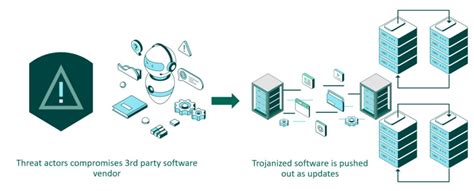
Effective countermeasures include regular audits, employee training, and investment in technology that helps in tracking product origins. By strengthening these areas, companies can significantly reduce the risk of counterfeit infiltration.
2. How do counterfeit goods affect businesses and consumers?
Counterfeit goods have a far-reaching impact on both businesses and consumers. The implications include:
- Financial Loss: Businesses face significant losses due to reduced sales and revenue.
- Brand Reputation: The presence of counterfeit products can tarnish a brand’s reputation.
- Legal Issues: Companies may incur legal costs associated with intellectual property theft.
- Safety Risks: Counterfeit goods, especially in sectors like pharmaceuticals, pose serious health risks.
Financially, businesses can suffer immensely, with estimates suggesting that counterfeit goods cost companies billions annually. The loss is not just monetary; the brand’s reputation can take a hit, as customers associate their negative experiences with the brand itself.
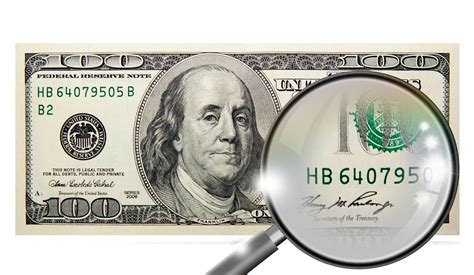
Moreover, legal ramifications can be costly and time-consuming. Companies must spend resources on litigation and enforcement actions, which could have been used for innovation and growth instead.
3. What industries are most affected by counterfeit products?
Several industries are particularly susceptible to counterfeiting, including:
- Fashion: High-end brands face significant threats from counterfeit clothing and accessories.
- Electronics: Fake electronics can endanger users and damage brand loyalty.
- Pharmaceuticals: Counterfeit drugs can lead to severe health consequences.
- Automotive Parts: Fake parts can compromise vehicle safety.
The fashion industry is often at the forefront, with luxury brands struggling against fake replicas that dilute their market. Electronics, too, face counterfeit threats; low-quality components can lead to malfunction and unsafe user experiences.
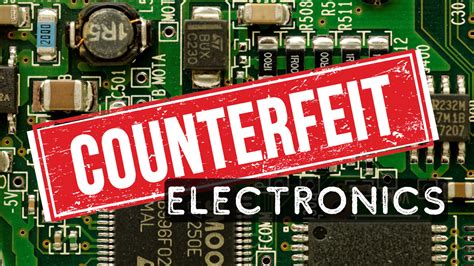
In pharmaceuticals, the stakes are incredibly high. Counterfeit medications can be ineffective or even harmful, putting lives at risk. Automotive parts pose similar dangers; a fake brake component could lead to catastrophic failures on the road.
4. How can technology help combat counterfeiting in the supply chain?
Technology plays a crucial role in combating counterfeiting through:
- Blockchain: Provides a secure and transparent method to track products.
- RFID Tags: Help in real-time tracking of inventory and goods.
- Authentication Apps: Allow consumers to verify the authenticity of products.
- Data Analytics: Analyze patterns and anomalies that may indicate counterfeiting.
Blockchain technology offers a robust solution by providing an immutable ledger that details every transaction, making it difficult for counterfeiters to infiltrate the system unnoticed.
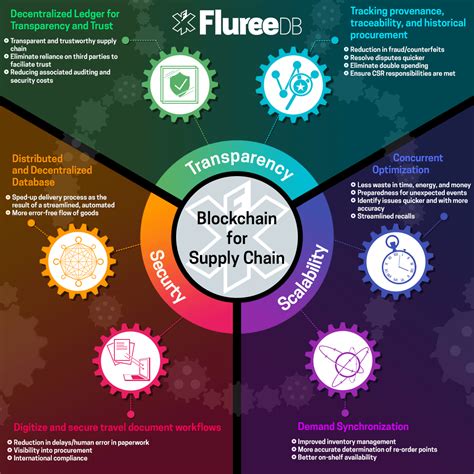
RFID tags enable businesses to track their inventory in real-time, helping identify counterfeit goods before they reach consumers. Authentication apps empower consumers to verify product origins, fostering greater confidence in their purchases.
5. What role do consumers play in identifying counterfeits?
Consumers are vital in the fight against counterfeits. Their role includes:
- Researching Products: Consumers should educate themselves about genuine products.
- Reporting Counterfeits: Alerting companies to suspicious products.
- Supporting Authentic Brands: Purchasing from reputable sources helps combat counterfeiting.
- Using Authentication Tools: Employing apps to verify product authenticity.
Consumers who take the initiative to research products can significantly reduce the likelihood of purchasing counterfeit goods. Familiarity with authentic products empowers them to make informed choices.

Additionally, by reporting counterfeit incidents to manufacturers, consumers contribute to the larger effort to eradicate fakes from the market. Supporting authentic brands through their purchases sends a clear message that counterfeit goods are not acceptable.
6. What are the legal implications of counterfeiting for businesses?
The legal implications of counterfeiting are significant and can include:
- Intellectual Property Theft: Companies can pursue legal action against counterfeiters.
- Damages and Penalties: Businesses may receive compensation for losses.
- Injunctions: Courts can issue orders to stop the sale of counterfeit goods.
- Criminal Charges: In severe cases, counterfeiters can face criminal prosecution.
Businesses have the right to protect their intellectual property and can take legal action against those who infringe upon it. Such actions can lead to damages that help recover losses incurred from counterfeiting.
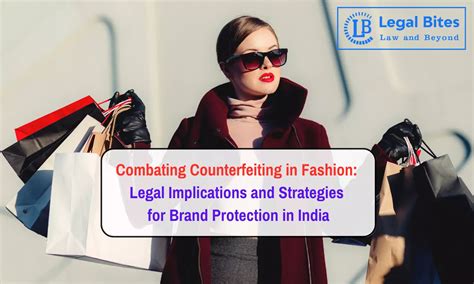
Moreover, courts can grant injunctions that prevent further sales of counterfeit goods, offering immediate relief. In extreme cases, criminal charges can deter future counterfeiters and reinforce the seriousness of the issue.
7. How can businesses implement effective anti-counterfeiting strategies?
Businesses can adopt several strategies to combat counterfeiting, including:
- Supply Chain Audits: Regularly reviewing supply chains to identify vulnerabilities.
- Employee Training: Educating staff about recognizing counterfeits.
- Partnerships: Collaborating with law enforcement and other organizations.
- Investment in Technology: Utilizing tech solutions like blockchain and RFID.
Conducting regular supply chain audits helps businesses identify areas where counterfeiters could infiltrate. Training employees to recognize counterfeit products empowers them to act as the first line of defense.

Partnerships with law enforcement and industry organizations enhance the fight against counterfeiting. Together, these efforts can create a more robust defense against counterfeit infiltration.
8. What challenges do companies face when addressing counterfeiting?
Companies encounter numerous challenges when tackling counterfeiting, such as:
- Resource Allocation: Financial constraints can limit anti-counterfeiting measures.
- Global Supply Chains: The complexity of international logistics complicates monitoring.
- Lack of Awareness: Not all employees may be aware of counterfeiting issues.
- Technological Limitations: Not all businesses can afford advanced technology.
Many companies struggle with resource allocation, as investing in anti-counterfeiting measures can divert funds from other critical areas. The complexity of global supply chains further complicates monitoring efforts, leaving many gaps.
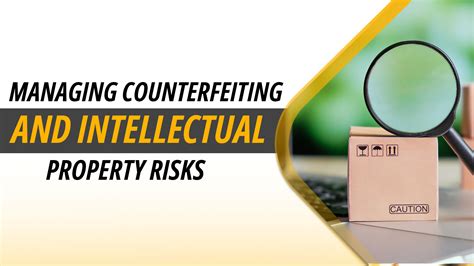
Lack of awareness among employees can lead to oversight in detecting counterfeit goods, while smaller companies may lack the financial resources to implement advanced technological solutions.
9. What trends are emerging in counterfeit products and prevention?
Emerging trends in counterfeiting and prevention include:
- Increased Use of Technology: More businesses are adopting blockchain and AI.
- Consumer Awareness: Growing consumer education about counterfeit risks.
- Stricter Regulations: Governments are implementing tougher laws against counterfeiting.
- Collaborative Efforts: Industries are joining forces to combat counterfeiting.
The increased use of technology, particularly blockchain and AI, is enhancing businesses’ ability to track products and authenticate them. As consumers become more educated about counterfeit risks, they are more likely to support legitimate brands.

Stricter regulations are being enacted globally, compelling businesses to adopt proactive measures against counterfeiting. Collaborative efforts within industries are also proving effective, creating a unified front against counterfeiters.
10. How do international laws address counterfeiting?
International laws addressing counterfeiting focus on:
- Trade Agreements: Agreements often include provisions to combat counterfeiting.
- Intellectual Property Treaties: Protect intellectual property rights across borders.
- Customs Enforcement: Strengthening customs procedures to detect counterfeits.
- Cross-Border Cooperation: Enhancing collaboration between countries.
Trade agreements frequently contain provisions aimed at combating counterfeiting, making it a priority on the international agenda. Intellectual property treaties help protect rights globally, ensuring that brands can pursue counterfeiters across borders.
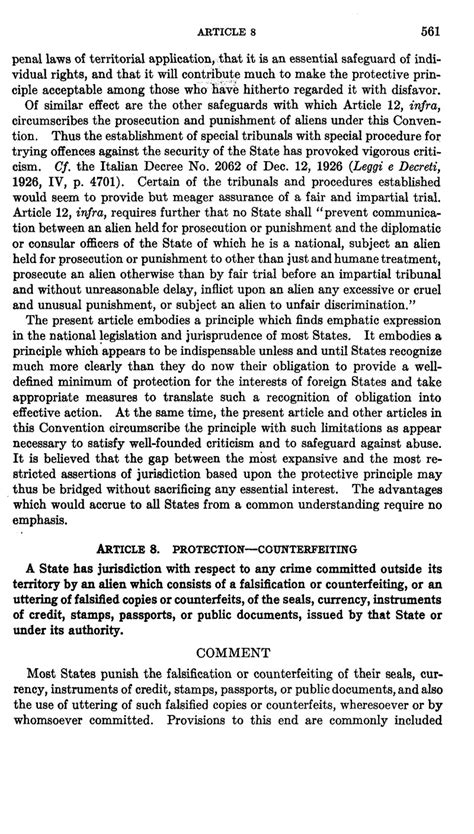
Customs enforcement is crucial in detecting counterfeit goods before they enter markets. Cross-border cooperation enhances the ability to address counterfeiting as a global issue, leading to more effective strategies and outcomes.
| Question | Summary |
|---|---|
| What are the primary methods used by counterfeiters? | Counterfeiters use fake documentation, shell companies, compromised suppliers, and online marketplaces. |
| How do counterfeit goods affect businesses? | They lead to financial losses, brand reputation damage, legal issues, and safety risks. |
| What industries are most affected? | Fashion, electronics, pharmaceuticals, and automotive parts are notably impacted. |
| How can technology help? | Blockchain, RFID tags, authentication apps, and data analytics combat counterfeiting. |
| What role do consumers play? | Consumers should research, report counterfeits, support authentic brands, and use verification tools. |
| What are the legal implications? | Intellectual property theft, damages, injunctions, and criminal charges are possible legal issues. |
| How can businesses implement strategies? | Supply chain audits, employee training, partnerships, and technology investment are key. |
| What challenges do companies face? | Resource allocation, global supply chain complexity, lack of awareness, and tech limitations. |
| What trends are emerging? | Increased technology use, consumer awareness, stricter regulations, and collaborative efforts. |
| How do international laws address counterfeiting? | Through trade agreements, IP treaties, customs enforcement, and cross-border cooperation. |


